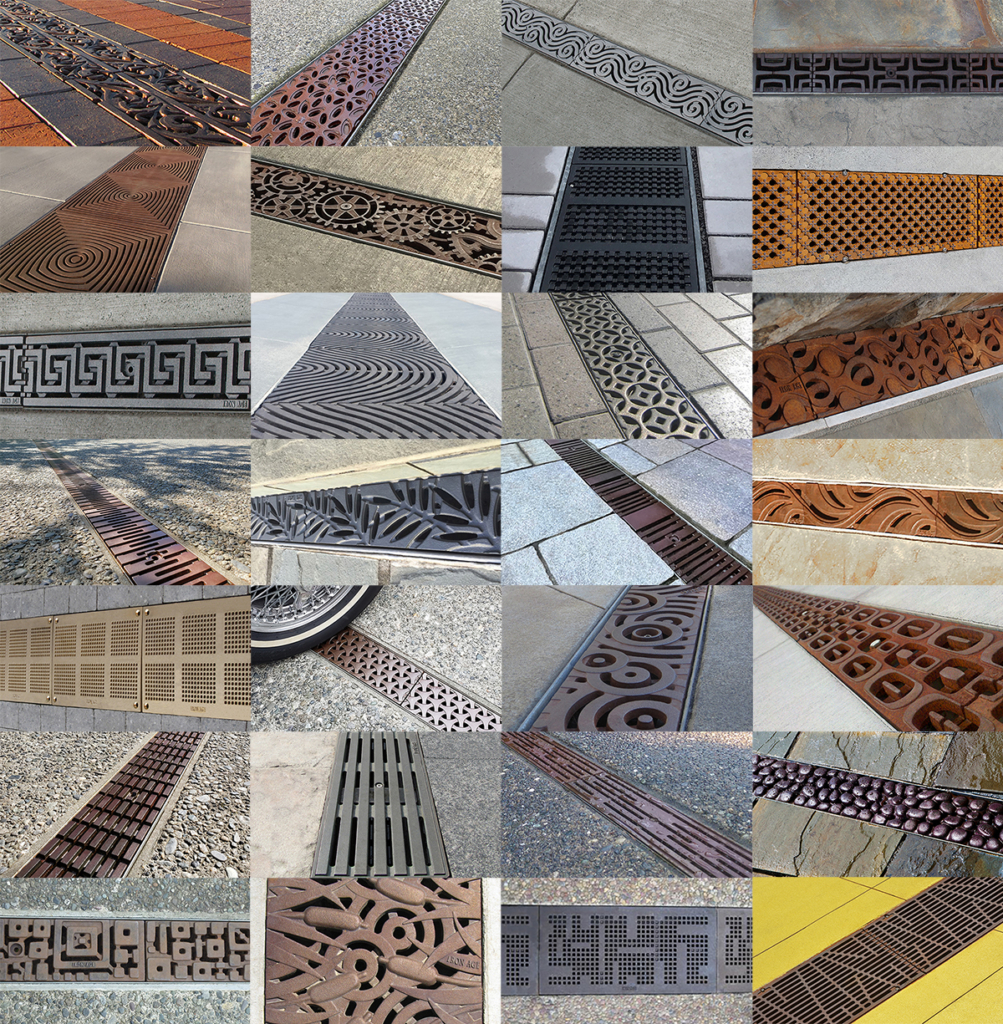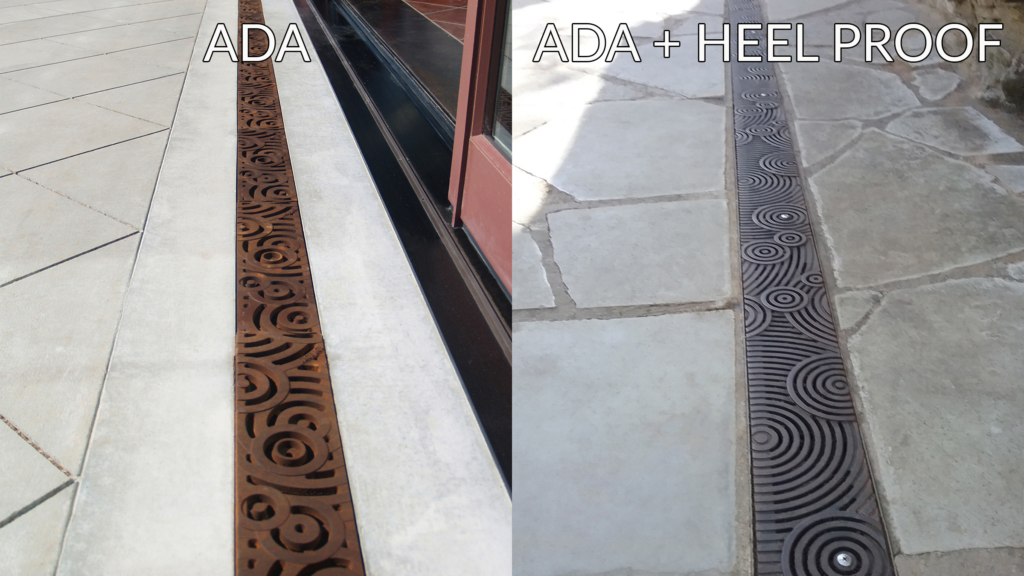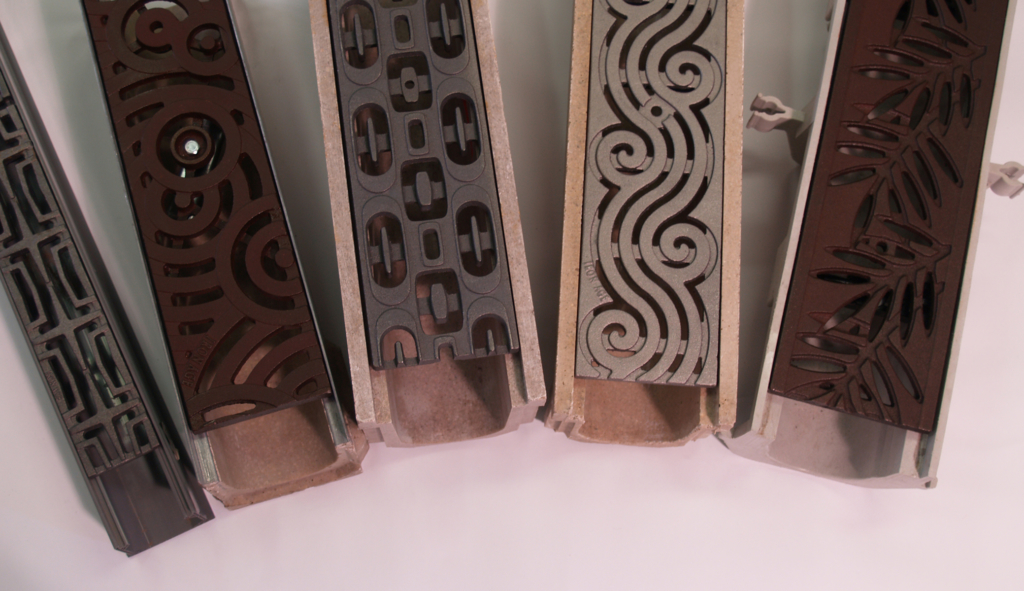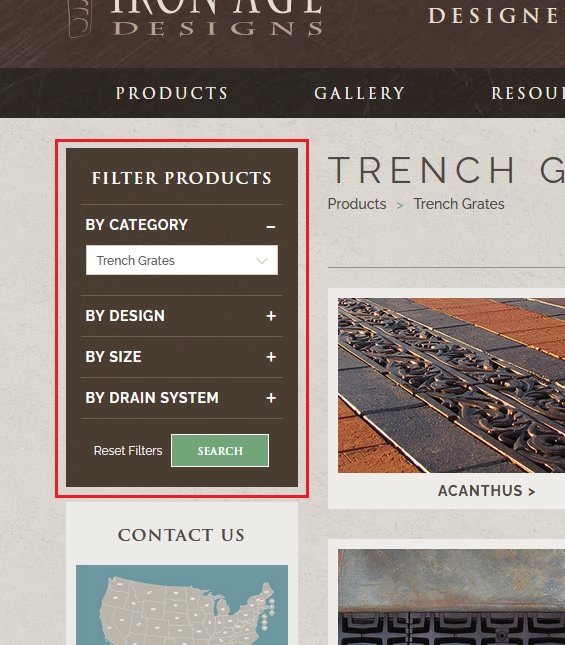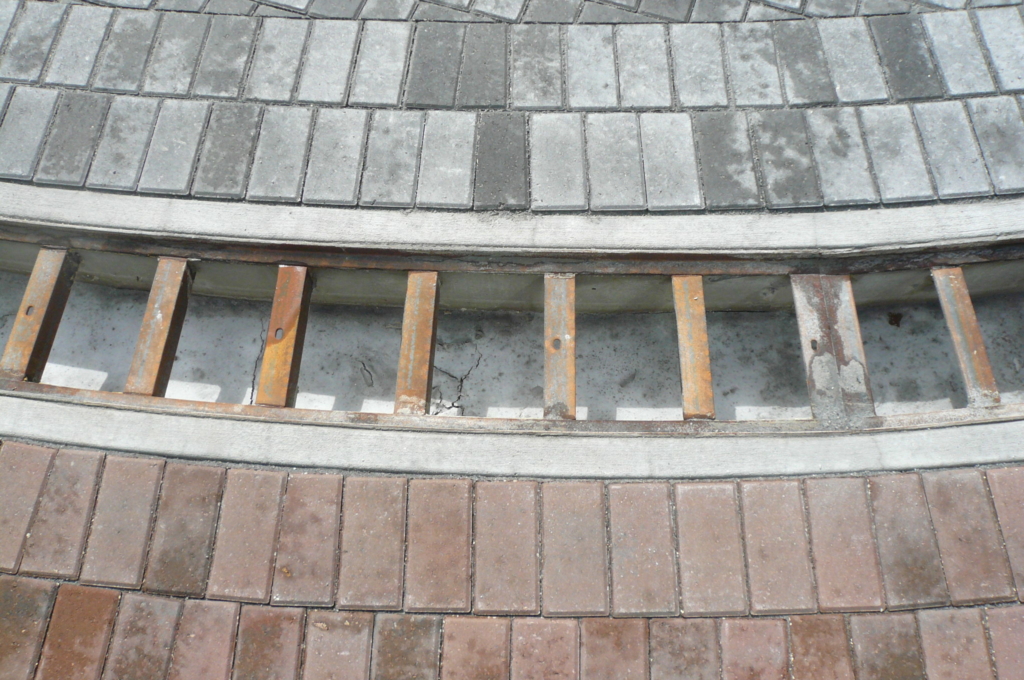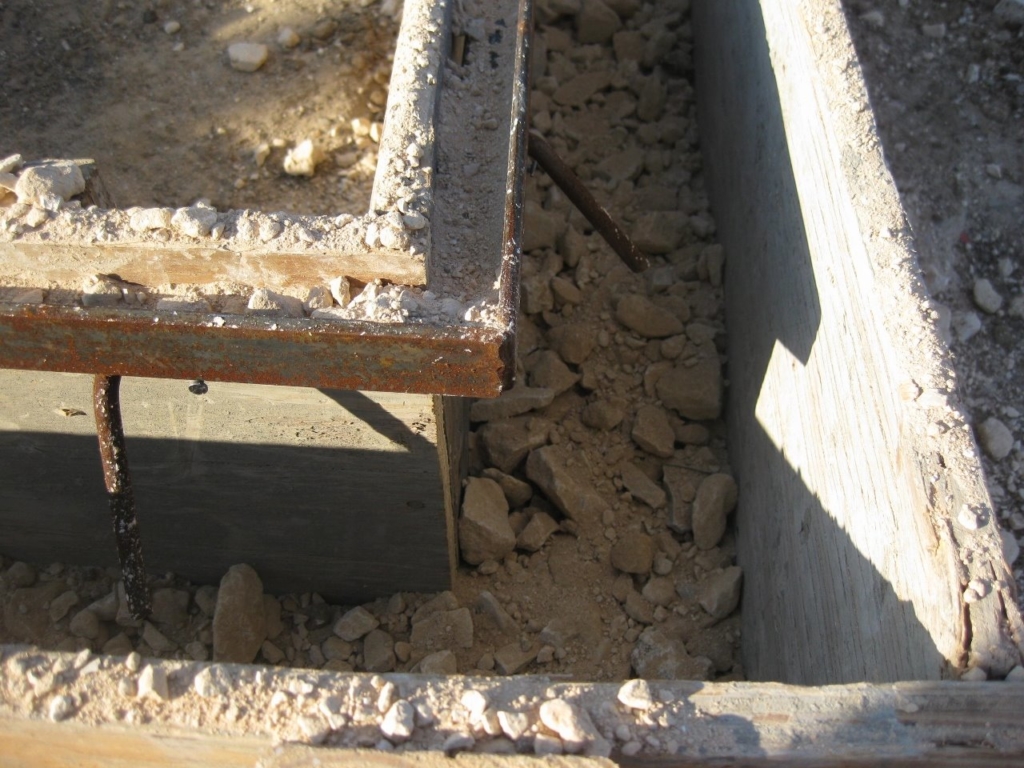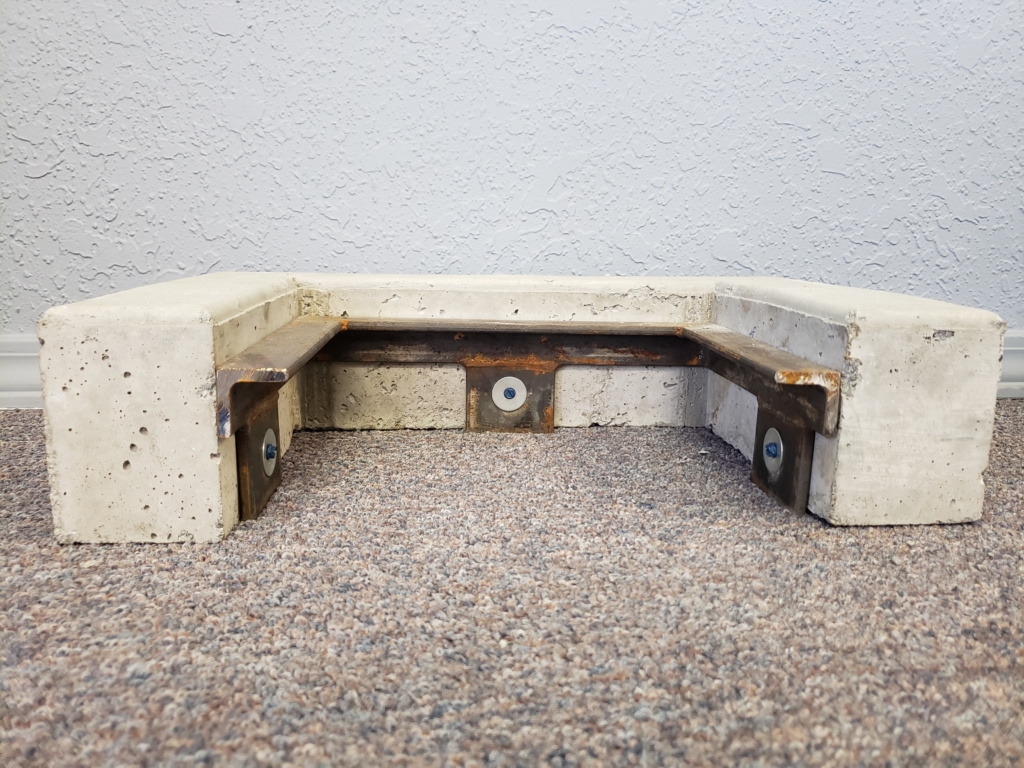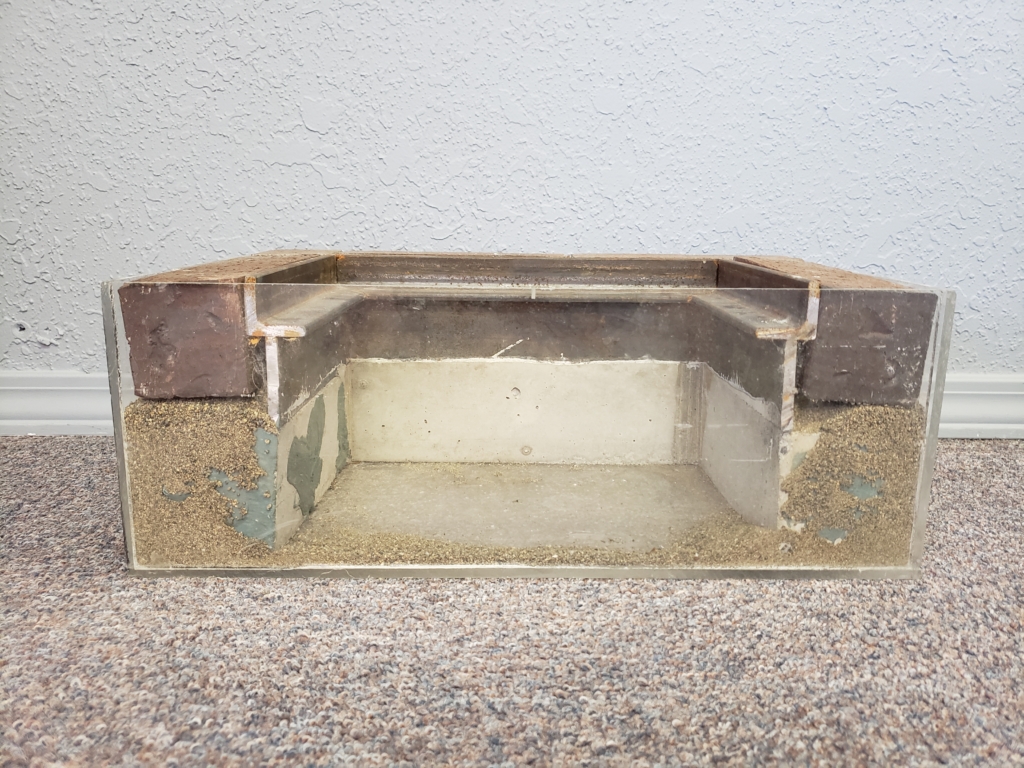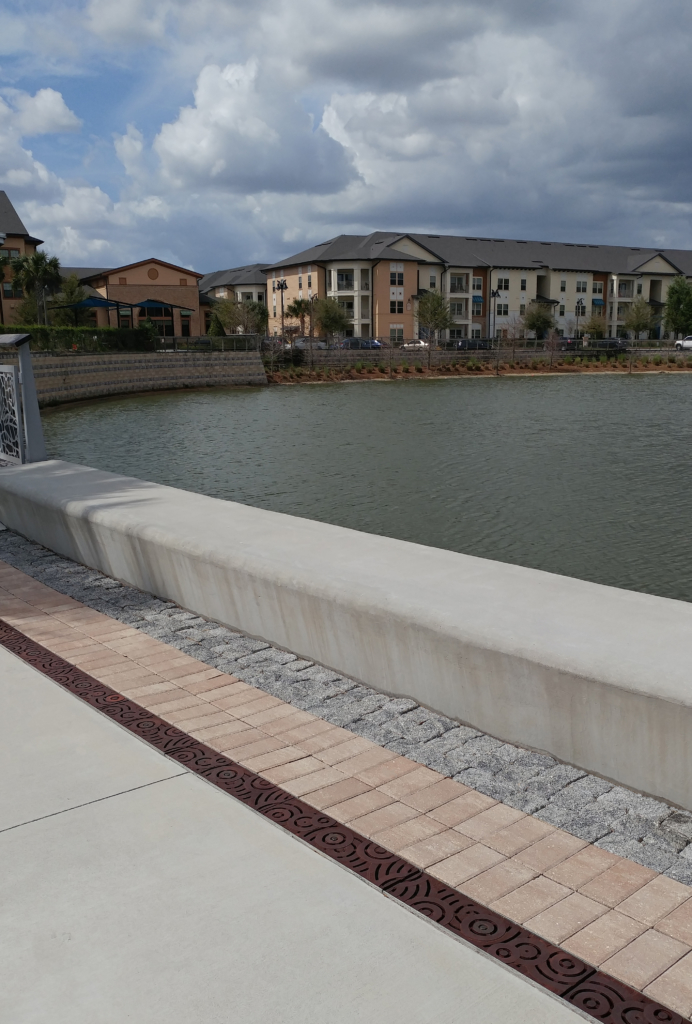How To Specify Decorative Trench Grates
In this article (and corresponding video below), we walk you through the process of specifying decorative trench grates.
There are nine questions you’ll need to consider to ensure you get the right grate(s) and achieve the best possible outcome for your project. Having answers to all nine questions upfront also makes the quoting process faster and more accurate, helping you meet your budgetary goals and project timelines. So let’s get started!
Question #1: What Grate Design Are You Interested In?
We have 27 standard designs and the ability to create completely custom patterns. So no matter the look you are going for, we’ve got you covered.
We don’t have every size for every design, but some of our longest-running patterns are available in a wide variety of standard widths.
Many of our grates are in stock and ready to ship, which is a big differentiator between Iron Age and our competitors. Their decorative trench is generally made to order with extensive lead times.
What if you go to our website and see a design you’re interested in, but we don’t have the size you need? You might want to explore getting a custom pattern made. We’ll cover that process later in the article.
Question #2: Do You Need Heel Proof Grates?
All of our grates are ADA compliant, which means they have openings no larger than 1/2″ in the dominant direction of travel. A good way to think about it is if you were to take a 1/2″ ball bearing and roll it over the entire surface of a grate, it would never fall through.
ADA guidelines also call for accessible floor and ground surfaces that are stable, firm, and slip-resistant. Our raw cast metal grates exceed these criteria, in both wet and dry conditions.
So that they don’t become a trip hazard, ADA compliant grates can also only have a 1/4″ max vertical rise (or a 1/2″ max if the rise-to-run ratio is 1:2).
ADA Compliant vs. Heel Proof – What is the Difference?
A grate designated as “heel proof” is also ADA compliant, the only difference being that heel proof grates have even smaller max openings of only 1/4″.
Because of those smaller openings, heel proof grates are a great surface for walking on in high-heeled shoes. However, heel proof can quickly become drain proof. If you want to specify heel proof grates, you need to take into account their tendency to clog and plan accordingly.
To help you in that process, check out the detailed specifications on each grate’s webpage and downloadable product spec sheet. The percentage of free drain area and gallons per minute flow rate are listed there.
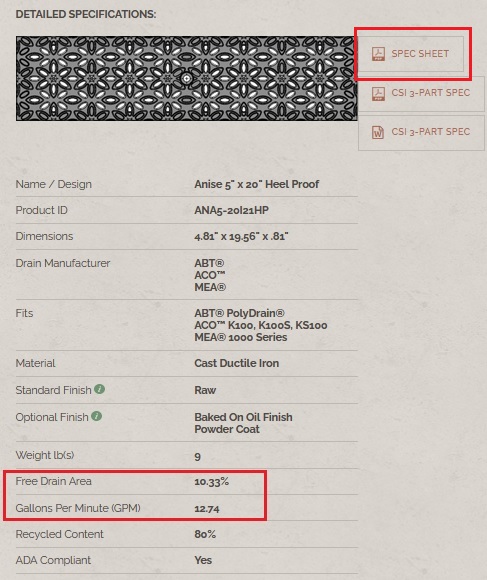
Detailed specifications include the percentage of “free drain area”, as well as the “gallons per minute” flow rate for each trench grate.
Question #3: What is the Nominal Width of the Grate?
Question #4: Will the Grates Be Installed In Other Manufacturers’ Drain Channel?
Most of our trench grates are designed to fit popular drain channels by other manufacturers, such as ABT®, ACO®, MEA®, NDS®, and Zurn®.
We have a grate to fit nearly every drain body out there, but not in every design.
Generally, with our product, looks come first. So we recommend finding a design you like in the nominal dimension your project requires. Then we can help you find a drain body to fit.
One thing to be aware of is the dimensions don’t always translate between our grate sizes and the trough they actually fit. For instance, we have 5″ wide grates designed to fit drain channels sold as 4″ troughs.
To alleviate any confusion, we included a “Fits” category on each trench grate page on our website.
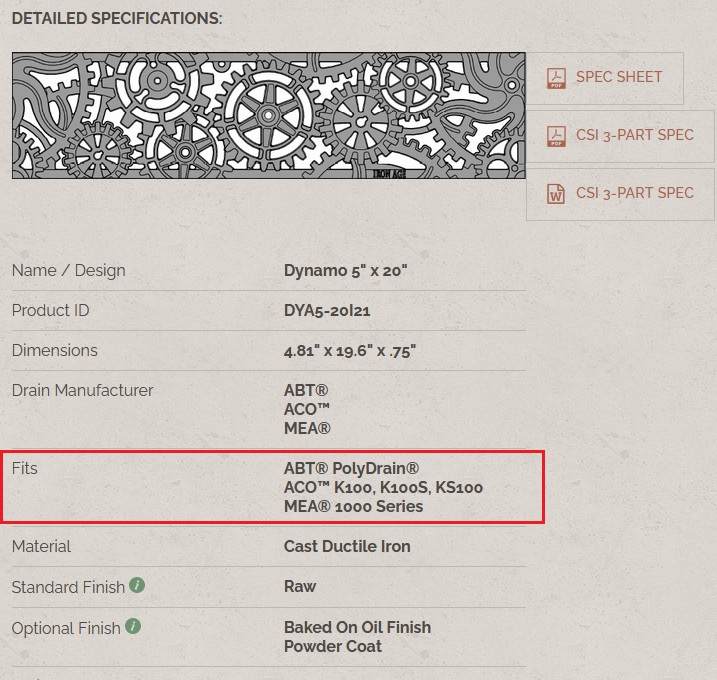
Detailed specifications on each product page show which drain bodies each of our grates are specifically engineered to fit.
If you see that a certain grate pattern and size has been associated with a specific drain channel, you can rest assured our grate will fit seamlessly into that channel.
Our website also features a product filter that sorts our grates by design, by size, or by drain body. The filter enables you to quickly and easily narrow your selection by whichever element is most important to you.
Question #5: How Many Lineal Feet of Trench are Needed, and How Many Runs Are There?
With any trench run, there is always a start and a finish. There is generally also at least one “mating edge” where two grates meet. How a pattern begins, ends, and continues visually from one casting to the other is important to the overall aesthetic, so with that in mind, please consider the following:
• You will most likely need to round your run length up or down to the nearest whole casting if you only want to use whole grates
• For specific run length(s) that won’t accommodate whole grates, you will need cut grates
• If you can see the entire run in your field of vision, we recommend two cuts—one at either end—to keep it symmetrical.
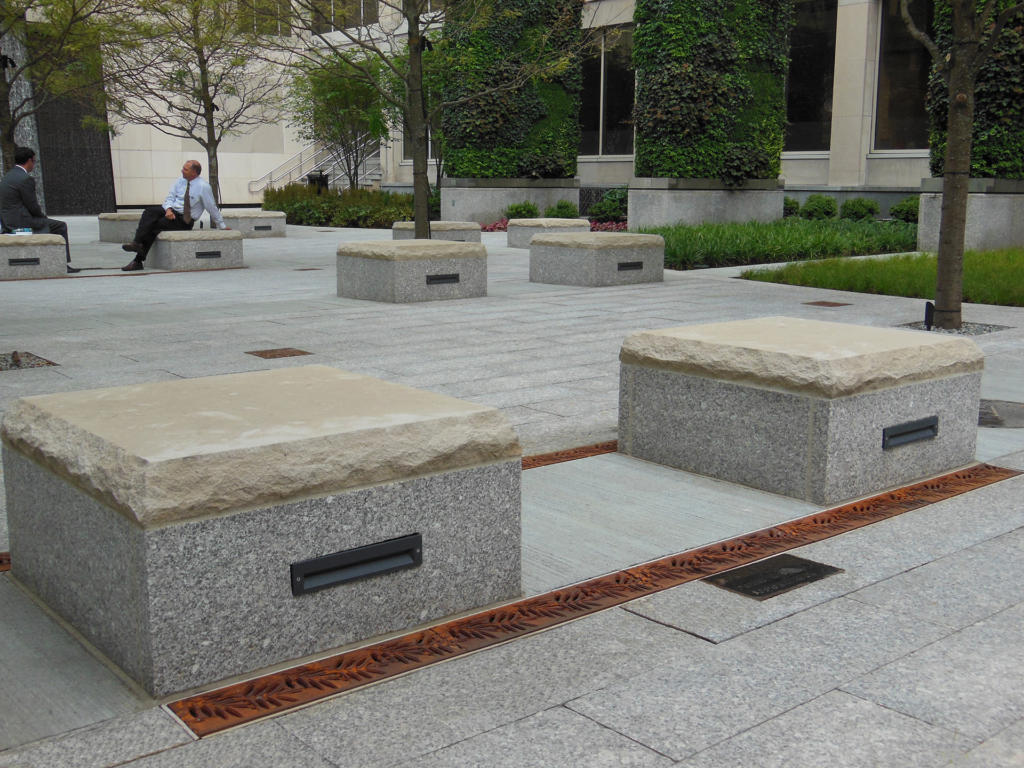
A series of short trench runs, featuring our Locust 6″ x 24″ grates in raw cast iron.
• When dealing with a longer trench run, a single cut at one terminal end works just fine.
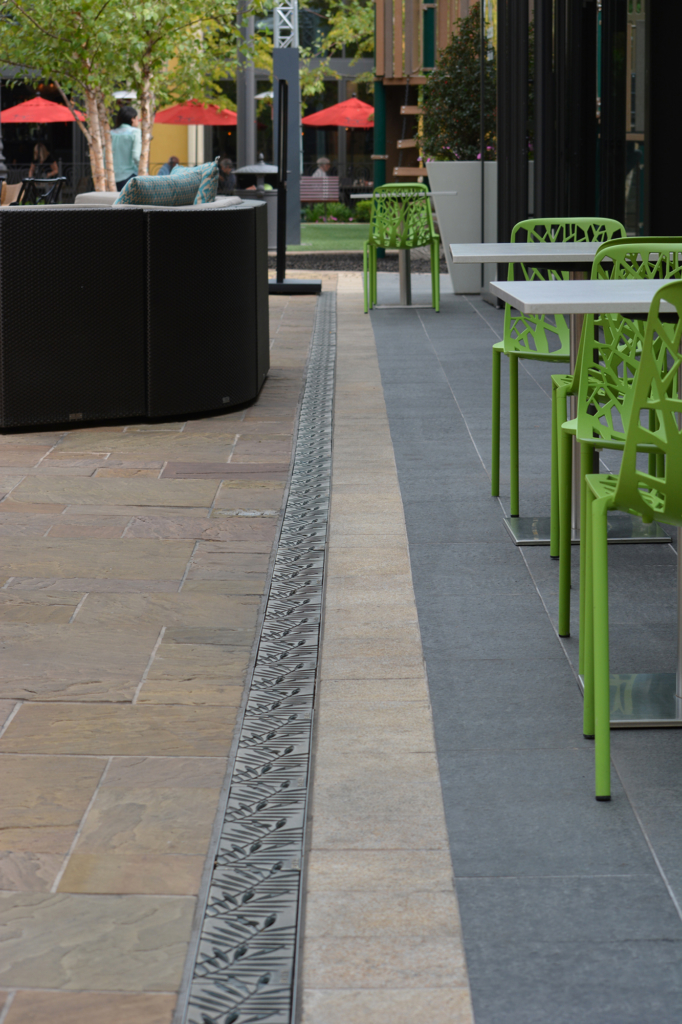
Longer trench run featuring Locust 5″ x 20″ grates in raw cast bronze.
We can cut trench grates to achieve whatever run length(s) your project requires, but it is often more accurate and less expensive to do it on-site.
If you would like to tackle that project yourself, check out our video (below) where we go over the equipment needed and simple, step-by-step instructions for cutting grates in the field.
Question #6: If a Custom Pattern is Requested, Are There Drawings or Artwork Available?
Drawings are key. The better idea you have of exactly what type of custom casting you need, the more precise our quote can be. Initial estimates will be high if you tell us you want something custom but can’t provide much in the way of project details.
Curious about how much a custom pattern costs?
It really depends on the size of the job. When only a small number of grates are needed, the pattern charge can run thousands of dollars. If you need 1,000 lineal feet of trench, on the other hand, we will most likely waive the pattern charge entirely. Keep that in mind when considering whether a custom pattern makes sense for your project or not.
Question #7: What Material and Finish Are Required?
Our first rule of thumb, no matter the material, is to try to go with a raw finish. That way there’s nothing to wear off and nothing to maintain. With that said, you need to be aware of how raw metals will react to a given atmospheric or aquatic environment and choose appropriately for your particular project.
So let’s talk about the different materials we use and the reasons for specifying each one. We’ll start with the most popular option.
Cast Iron
Extremely durable and low maintenance, Cast Iron is also the most affordable of the three metals we will be going over in this article.
A raw cast iron grate starts out grey in color (below, left). When it gets wet, the iron casting starts going through an oxidation phase (below, middle). It looks rusty for anywhere from a few months to a year, depending on how much traffic and weather it gets. You eventually end up with a reddish-brown patina, similar to any manhole cover in the street (below, right).
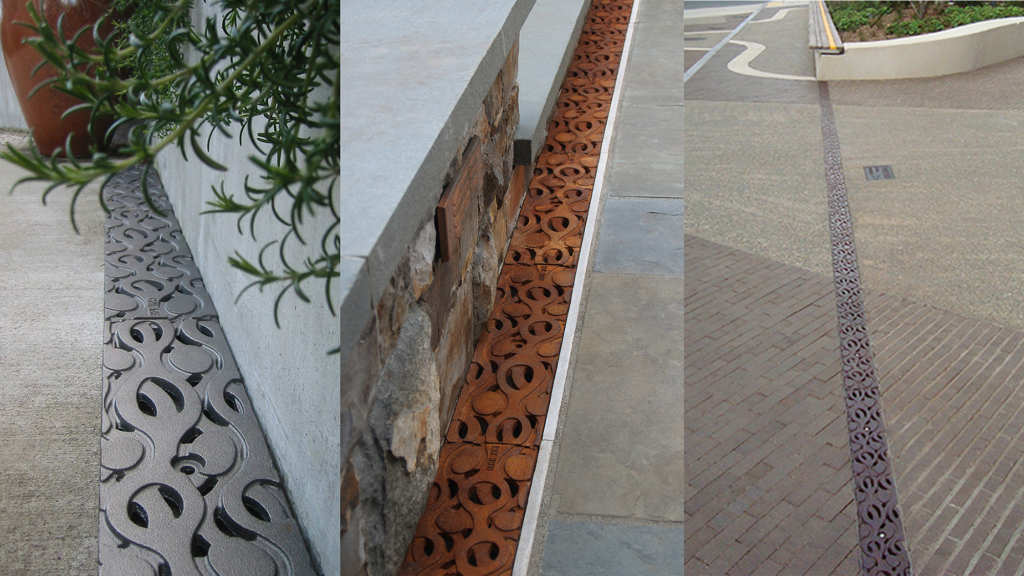
Janis cast iron grates shown newly installed (left), a week after installation (middle), and a year after installation (right).
Some people worry about iron bleed, but as long as your grates are properly installed in a pre-formed drain channel (or in Iron Age custom frames, which we will go over later in this article), they don’t touch the surrounding surfaces. Any rust particles that come off the grates will flow down the drain with the water.
What If You Don’t Want Orange Grates, Even Temporarily?
If you don’t like the look of rusty grates, keep in mind that we offer a natural finish that mimics the look of aged iron that we call our Baked-On-Oil Finish.
We start out with a raw cast iron grate, get it nice and rusty, dip it in recycled vegetable oil, and bake it. The natural oxidation process is still happening underneath the surface, but this finish (see photo below) hides it while the grate transitions gracefully to its final patina.
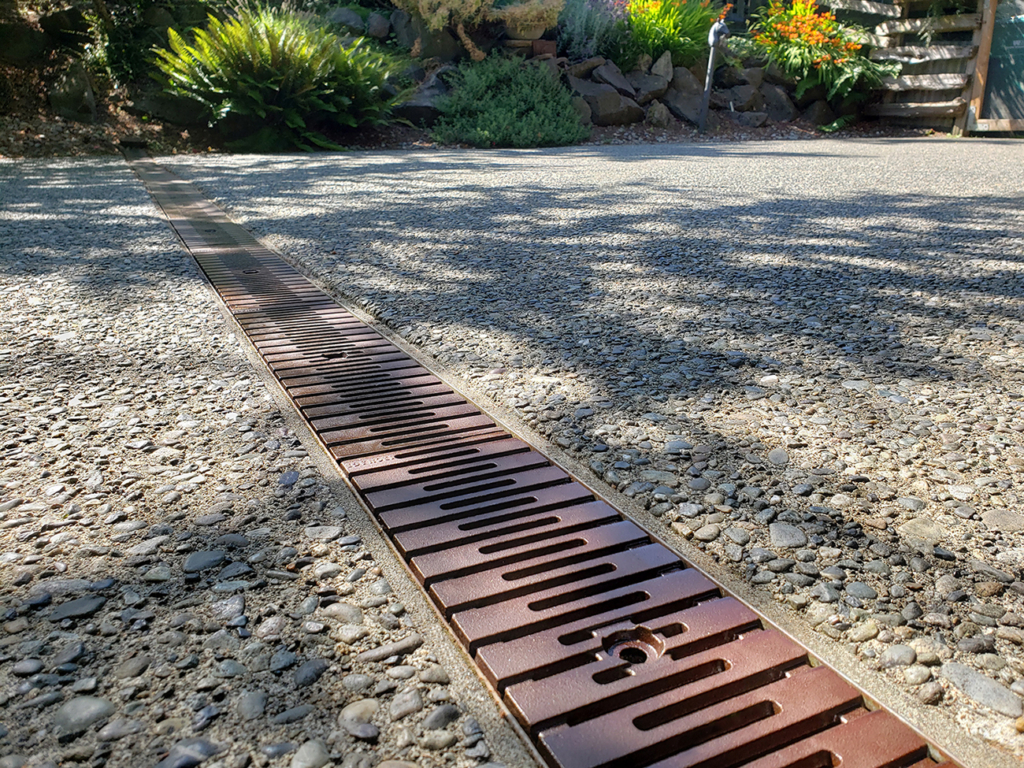
Kurf trench grate with Baked-On-Oil Finish
Cast Bronze
Substantially more expensive than iron, Cast Bronze is also very strong and durable, and the preferred choice for use near salt water or fountains with circulating water systems because it does not rust.
In terms of how it ages, bronze starts off bright gold and ends up anywhere from a dark brown (sometimes with burnished highpoints) to a verdigris color. The variation depends on the environment bronze castings are placed in.
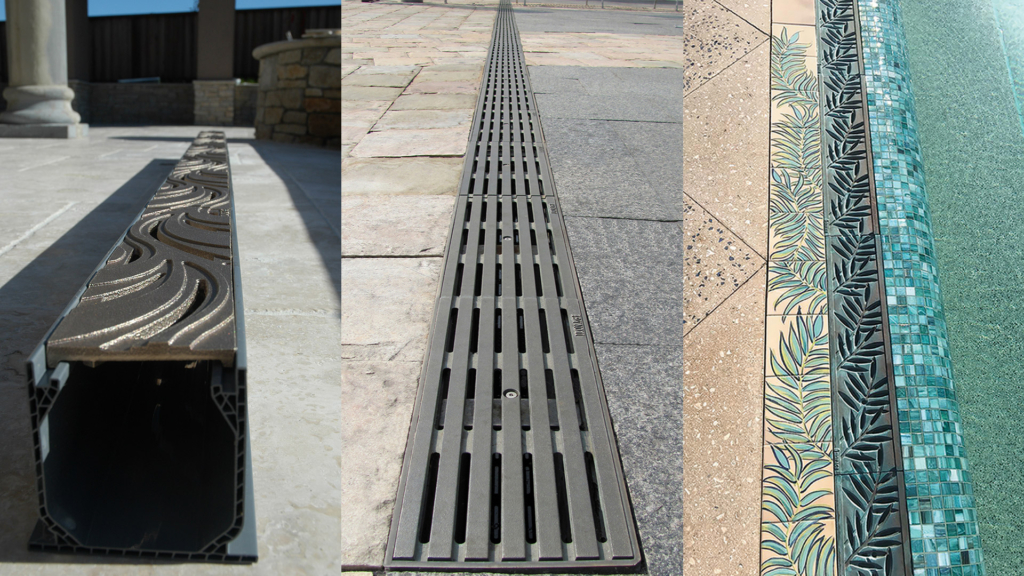
Bronze Minnione trench grates prior to installation in NDS® Mini-Channel (left); Bronze Que trench grates 6 months after installation (middle); Bronze Locust trench grates installed next to a saltwater pool (right).
The cast bronze grates shown in the above right photo are installed at the edge of a saltwater pool in Florida. You can see how the verdigris ties in perfectly with the tile on both sides and the color of the water. It’s a really beautiful example of how you can leverage the patina of this metal.
Cast Aluminum
Last but not least, Cast Aluminum is a nice material if weight is a concern or if you’re working with a cooler color vocabulary and want the look of stainless steel.
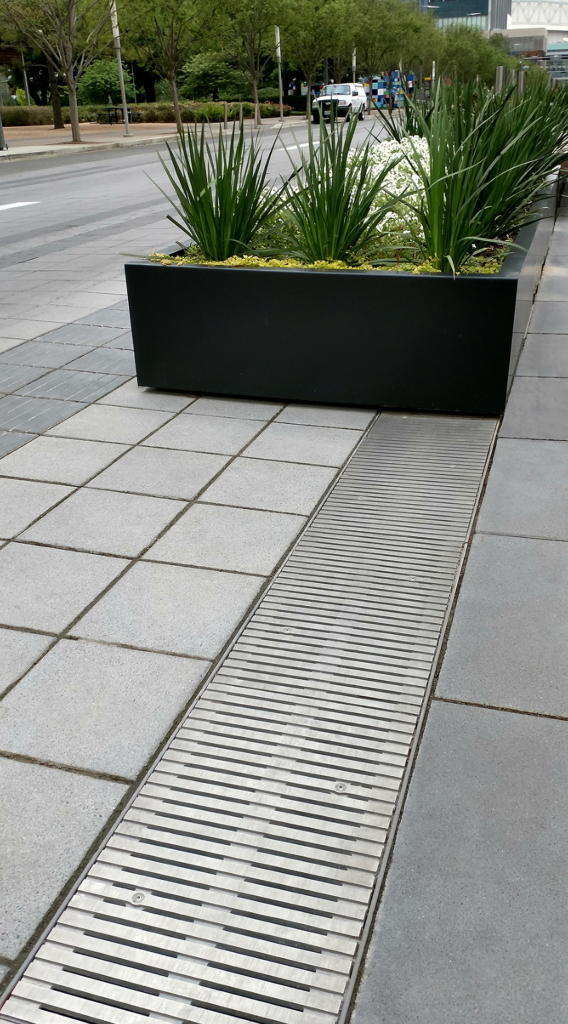
Aluminum Regular Joe trench grates, shown one year after installation.
Cast Aluminum does not really change color much over time and is generally priced somewhere between bronze and iron.
You can find more detailed explanations of each material and our available finishes in the Resources section of our website. If in doubt, we encourage you to contact us directly and we can help ensure you are choosing the right material and finish for your project.
Question #8: If the Project Requires Frames, What Frame Type is Needed?
If you’re not going with a pre-made trough system, we will fabricate custom steel frames that act as a shelf or bearing surface for your grates to sit on.
Our frames are all made-to-order and can accommodate many types of installation scenarios.
Frame Types:
“Embedment”, which has rebar attached for installation in new concrete.
“Retro”, which is designed to be used with existing slabs.
“Stand Off”, which is used for a variety of paver options on both sand and mortar.
Before we can quote “Stand Off” frames accurately, we’ll need to know the thickness of the paver and the sand bed, or the thickness of the paver and the mortar bed.
We will also need to know if a “Split” mounting style is required, and what the different conditions on either side of the trench are.
Question #9: What Type of Loads Are You Expecting On These Grates and Frames?
All of our trench grates are designed to withstand vehicular traffic at a minimum, but we can make them any strength you want. Usually, that involves charges for a new pattern, but sometimes we can increase the load by reinforcing the frame instead.
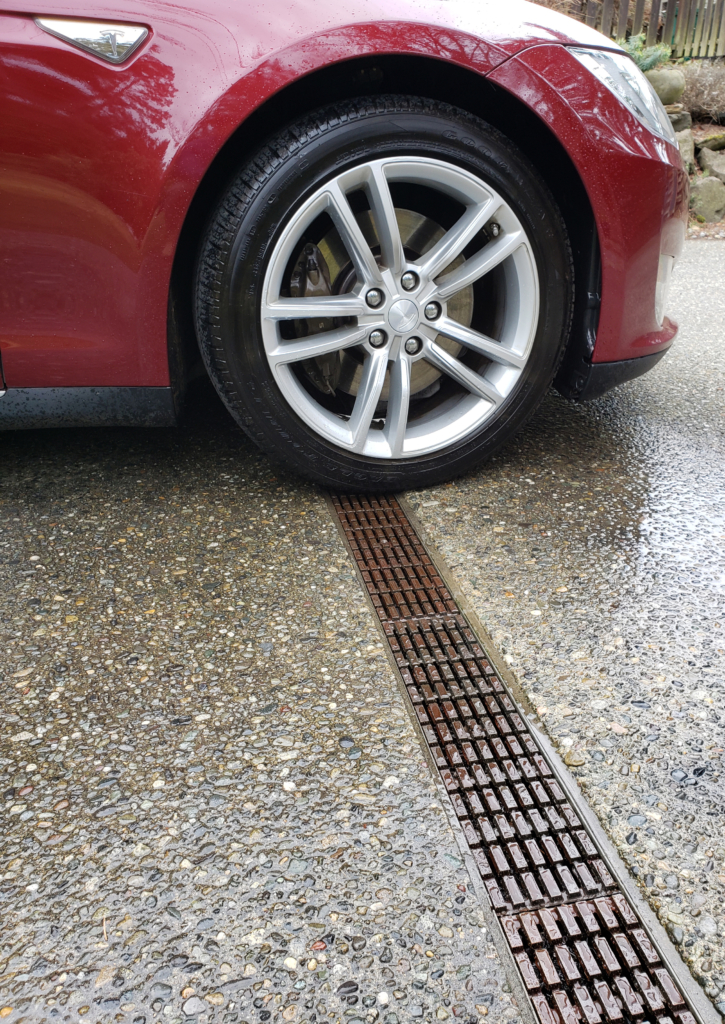
All of our standard trench grates are designed to withstand single axle vehicular traffic at a minimum. (Shown: Plex 5″ x 20″ grates)
Come to us with information about the real-life traffic you are anticipating the grates to handle. We can help you determine the right load rating and make sure the product won’t fail over time.
That’s it—we’ve covered all nine questions! If you would like a more condensed checklist of this content to keep handy for the next time you are specifying trench grates, click the link below for a downloadable pdf.
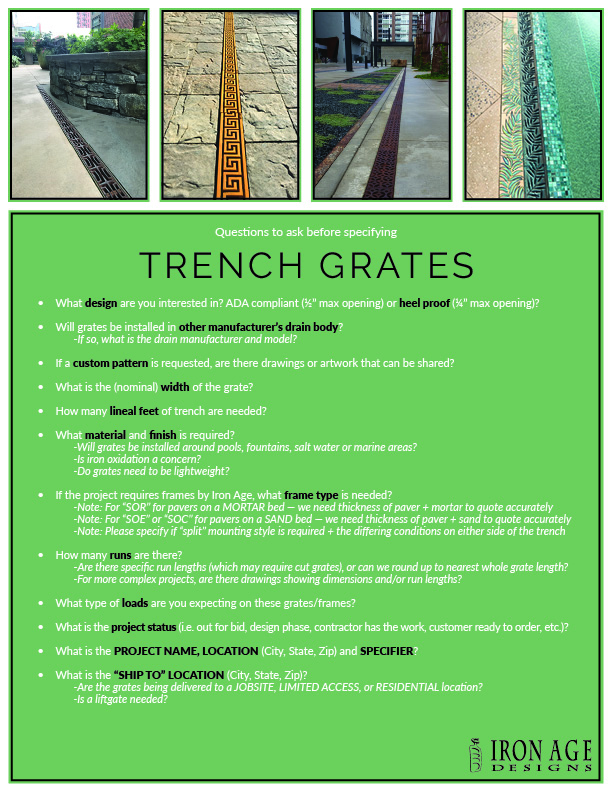
Download “How To Specify Trench Grates Checklist“
We hope this article (and corresponding video) were helpful. Please let us know if you have any questions, need a quote, or have a project you’d like to discuss. We look forward to hearing from you!

